Groß-Rosen
KZ Groß-Rosen
From August 1940 to February 1945, the Groß-Rosen camp was a concentration camp in Lower Silesia, which at the time was German Reich territory. Initially, Gross-Rosen was a branch of Sachsenhausen concentration camp, but in May 1941 it was given the status of an independent concentration camp. The prisoners had to break granite blocks in the nearby quarries, which were owned by the SS as Deutsche Erd- und Steinwerke GmbH (DESt). When the camp was expanded in 1943/1944, more than 100 subcamps were either newly established or existing labor camps were placed under the administration of the main camp. These subcamps were located in Lower Silesia, the Sudeten Mountains, Saxony and the Lubusz region.
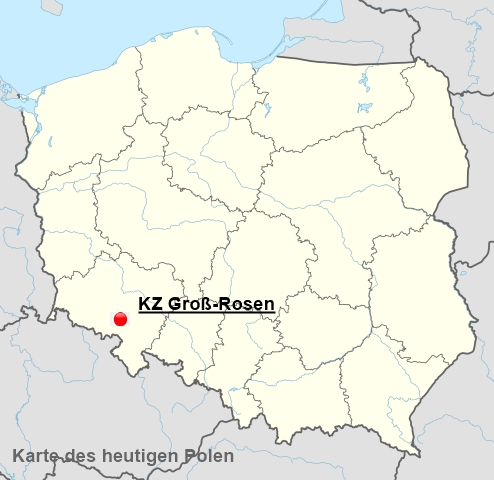
One of these satellite camps was the camp in Brünnlitz, to which Oskar Schindler had 1,200 forced laborers from his enamel and ammunition factory transferred in October 1944.
At the height of its development, towards the end of 1944, there were around 78,000 prisoners in this concentration camp and its satellite camps.
The dissolution of the Gross-Rosen concentration camp and its satellite camps began at the end of January 1945. Most of the prisoners, especially those from the subcamps, were forced to march west for weeks, many of them collapsing from exhaustion and being shot. The Red Army liberated the main camp on February 13, 1945.
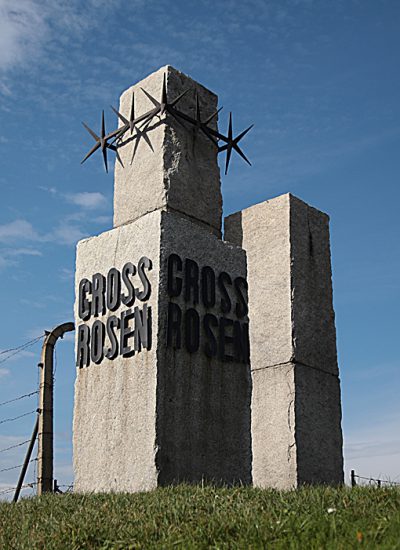
OPENING HOURS
- from May 1 to September 30 from 8:00 a.m. to 5:00 p.m.
- from October 1 to April 30
- from 8:00 a.m. to 4:00 p.m.
the museum is closed on January 1, December 25 and Easter Sunday
ADDRESS
Museum Gross-Rosen in Rogoźnica
Rogoźnica, Woiwodschaft Niederschlesien
PLZ 58-152 Goczałków
Tel.: +48 74 855 90 07
e-mail: muzeum@gross-rosen.eu
Internet: https://de.gross-rosen.eu/
Guided tours can be booked on the official website https://de.gross-rosen.eu/ or by e-mail under rogoznica@gross-rosen.eu be reserved.
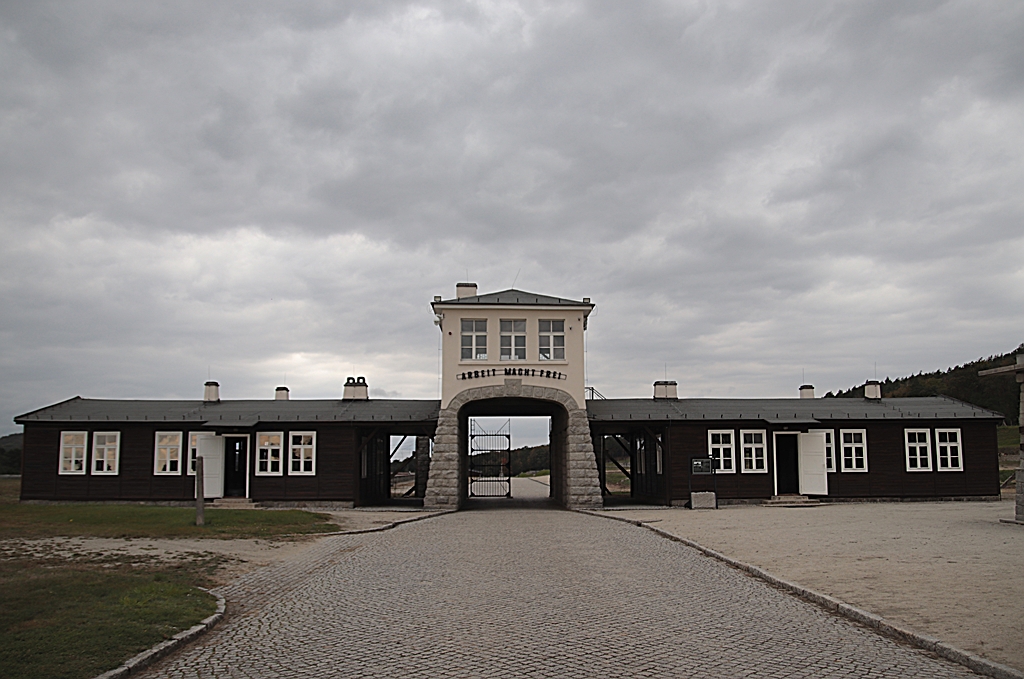
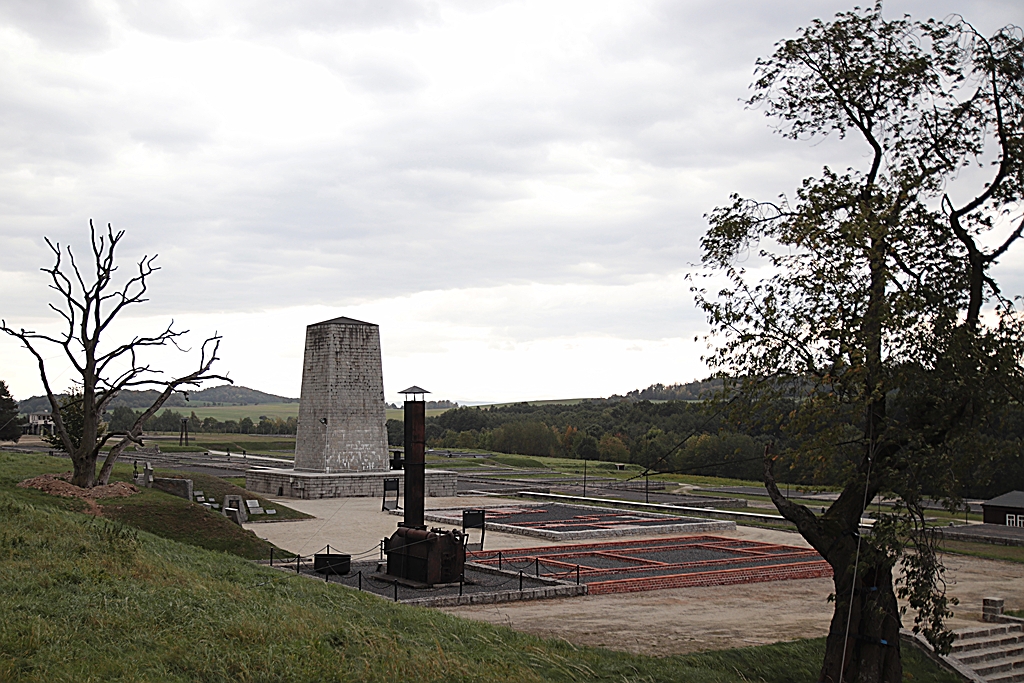
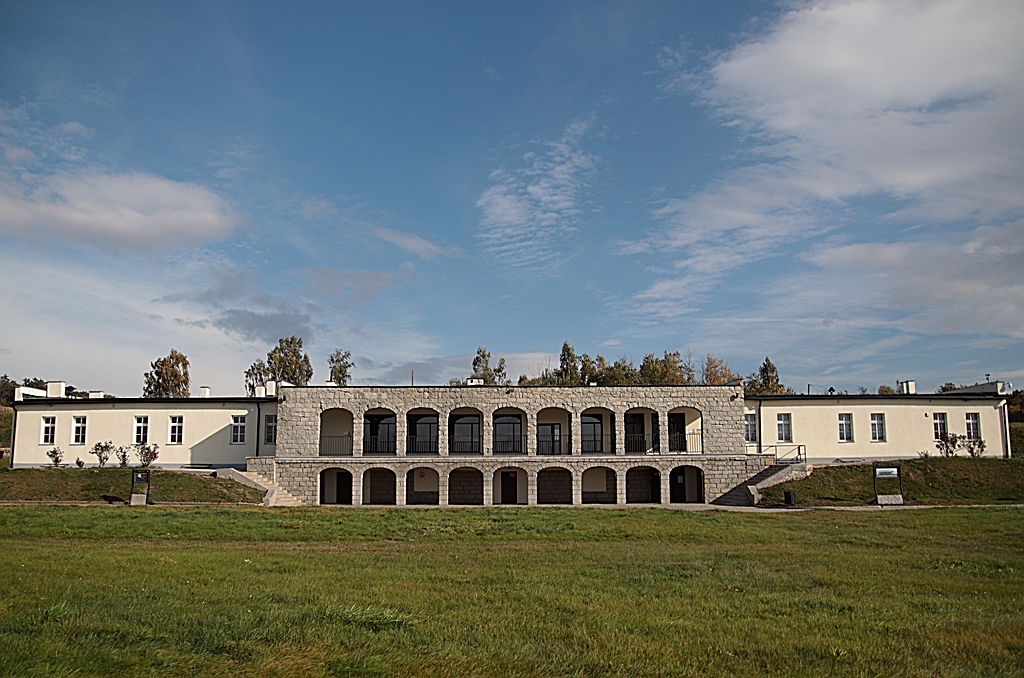
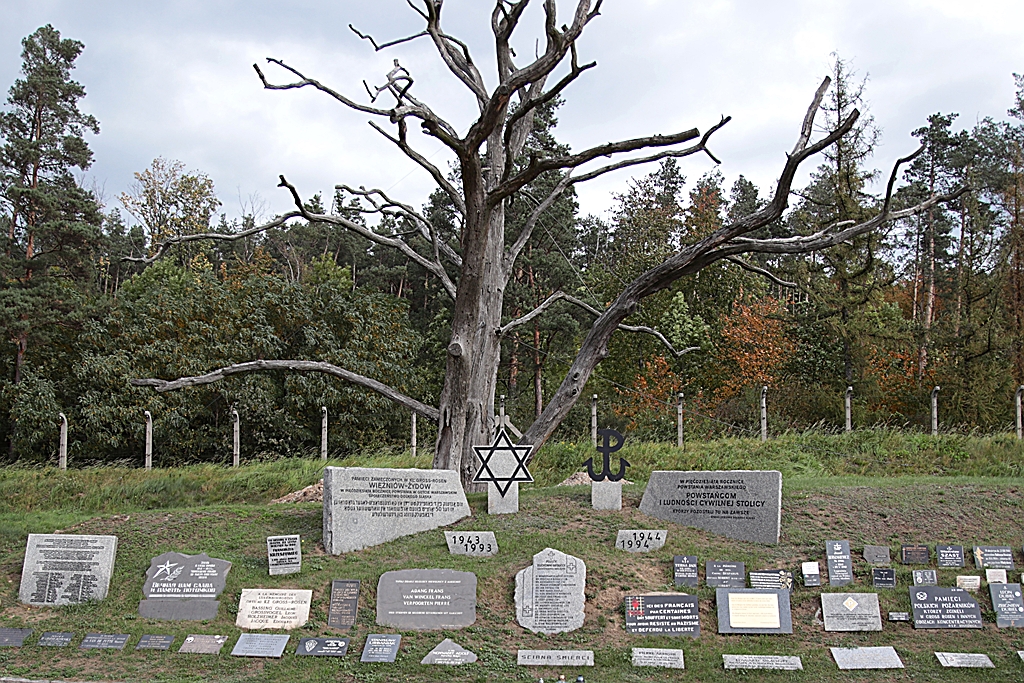
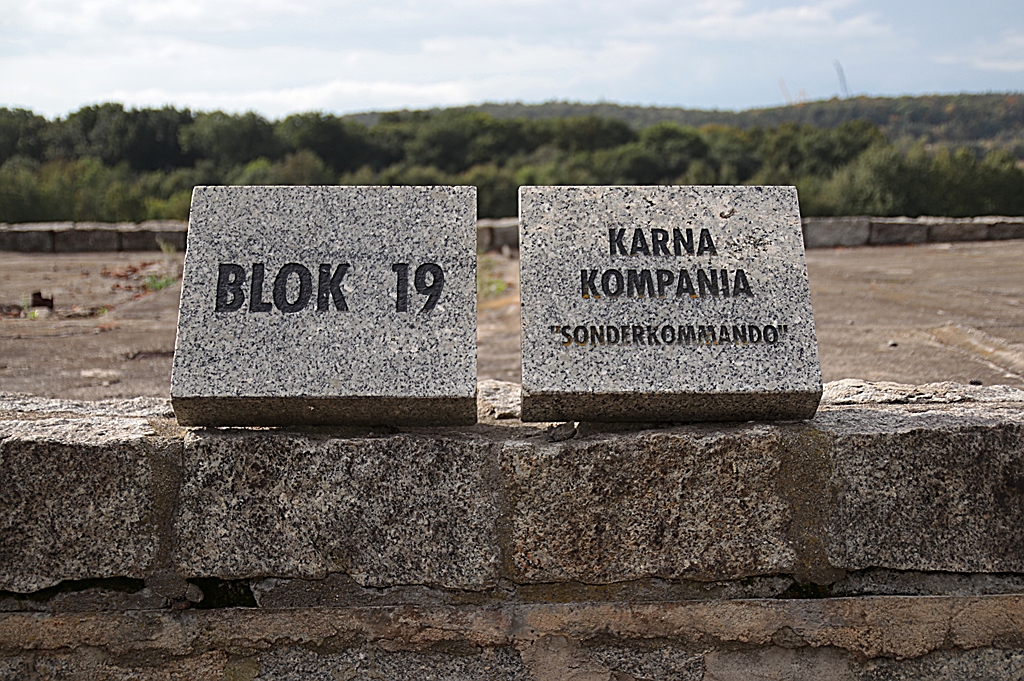
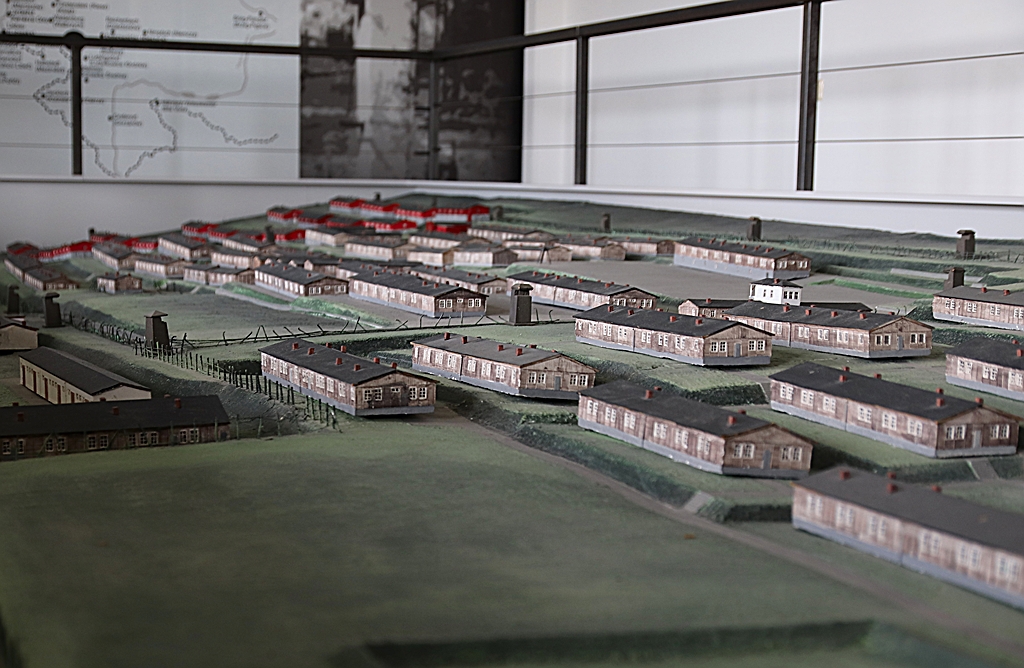
Groß-Rosen Memorial
Literatur
Jules Schelvis
Vernichtungslager Sobibór
Barbara Distel
Sobibor
Der Ort des Terrors
Geschichte der nationalsozialistischen Konzentrationslager
Nikolaus Wachsmann
KL: Die Geschichte der nationalsozialistischen Konzentrationslager